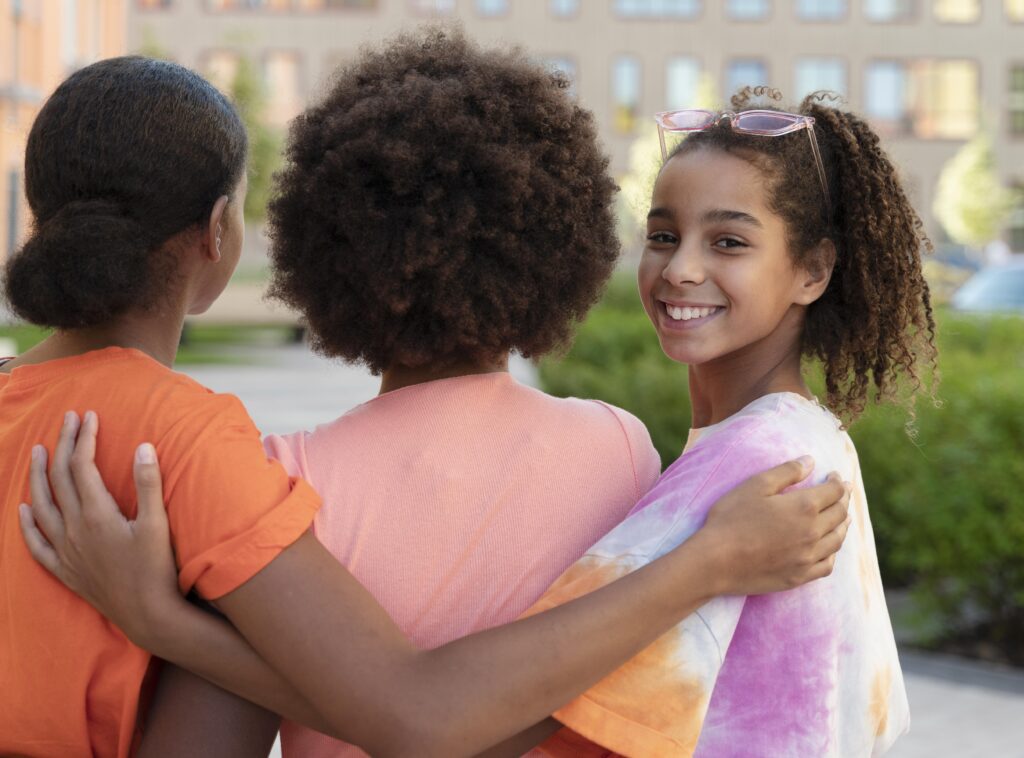Real estate developers have a unique opportunity to shape more than just buildings—they play a critical role in fostering vibrant, connected communities. Beyond creating homes, thoughtful development can bring people together, enrich neighborhoods, and elevate the overall quality of life. This article explores how developers can contribute to building strong communities through strategic planning, prioritizing inclusivity, and encouraging engagement with both the environment and local culture.
1. Design with Community Integration in Mind

A successful community begins with thoughtful design. Developers who understand the needs and culture of a neighborhood can help make their projects feel like natural extensions of the existing community rather than isolated structures.
- Encourage Walkability and Accessibility: Walkable neighborhoods encourage people to interact with their surroundings and each other. By designing spaces that prioritize walking paths, bicycle lanes, and proximity to public transportation, developers can make it easier for residents to move around without needing a car. This fosters interaction and creates a sense of belonging.
- Incorporate Mixed-Use Spaces: Mixed-use developments that combine residential, commercial, and recreational spaces in one area create opportunities for people to live, work, and play in close proximity. This setup encourages community interaction, reduces the need for long commutes, and promotes local businesses, making neighborhoods more vibrant.
Practical Tip: Developers should spend time understanding local demographics, existing infrastructure, and public amenities. Working with urban planners and community organizations can help them incorporate these factors into design plans effectively.
2. Emphasize Green Spaces and Sustainable Design

Modern communities are increasingly prioritizing sustainability, which also contributes to higher quality of life. By integrating green spaces and eco-friendly infrastructure, developers can promote a healthier environment and encourage sustainable lifestyles.
- Create Parks and Recreational Areas: Parks and open spaces provide residents with areas to exercise, relax, and engage with nature. These spaces contribute to mental well-being and foster social interaction. Even a small park or green rooftop can serve as a communal area for gatherings, making the neighborhood more appealing and enjoyable.
- Implement Sustainable Building Practices: Incorporating green building materials, energy-efficient designs, and renewable energy sources not only reduces the environmental footprint but also lowers utility costs for residents. Developers who invest in sustainable practices demonstrate a commitment to the future of the community, which can attract environmentally conscious buyers and renters.
Practical Tip: Partnering with sustainability consultants can help developers find affordable and effective ways to implement green building practices. Additionally, they can consider applying for certifications like LEED (Leadership in Energy and Environmental Design) to boost credibility.
3. Promote Social Inclusion and Affordable Housing
Developers have a responsibility to consider social diversity when planning communities. By making housing accessible to people from different backgrounds and income levels, they can create a more inclusive and vibrant community.
- Include Affordable Housing Options: Providing a range of housing prices within a development makes it accessible to families, individuals, and seniors from various economic backgrounds. Affordable housing is crucial to maintaining the diversity and vitality of a community, ensuring that local businesses, schools, and services have the support they need.
- Design for All Ages: Communities benefit when they are inclusive of all age groups. Developers should consider features like accessible ramps, communal areas for senior residents, and safe play spaces for children. A neighborhood that meets the needs of people of all ages is likely to foster stronger connections and longevity.
Practical Tip: Developers can work with local governments or nonprofits to secure grants or incentives for affordable housing. Offering a variety of housing options can enhance both community appeal and overall sustainability.
4. Encourage Local Engagement and Cultural Identity
Communities are stronger when they reflect the culture and history of the people who live there. Developers can build upon the unique characteristics of a neighborhood, respecting local traditions while enhancing the area’s cultural identity.
- Preserve Historical and Cultural Elements: In neighborhoods with rich histories, preserving certain landmarks or architectural styles can help new developments blend in rather than disrupt the local aesthetic. Restoring old structures or incorporating culturally significant elements into new buildings gives residents a sense of pride and connection to their community’s past.
- Create Spaces for Community Activities: Including spaces for community gatherings, like amphitheaters, event halls, or co-working spaces, encourages residents to connect with each other. These places serve as hubs for community events, classes, and celebrations, helping to strengthen community bonds.
Practical Tip: Developers should actively seek feedback from local community leaders and residents. This can include town hall meetings, surveys, and open houses to understand what makes the area unique and what residents value most in their neighborhood.
5. Partner with Local Businesses and Services

Communities flourish when residents have easy access to essential services and businesses. Developers can promote economic growth by partnering with local businesses, creating a positive impact on both the economy and community.
- Prioritize Local Retailers and Service Providers: When selecting retail spaces for a development, prioritizing local businesses over chains or franchises can boost the local economy and provide unique offerings for residents. Local shops and restaurants also enhance a community’s identity, creating spaces that reflect local culture and attract both residents and visitors.
- Provide Co-working and Shared Spaces: With more people working remotely, shared workspaces can offer a solution for those who need a professional environment outside of their homes. Co-working spaces within residential developments encourage social interactions, stimulate creativity, and provide a convenient option for freelancers and entrepreneurs.
Practical Tip: Developers can connect with the local chamber of commerce to understand the needs of small businesses and discuss potential partnership opportunities. Offering flexible leasing options and collaborative spaces can also attract and support startups and small businesses.
Final Thoughts
Real estate development isn’t just about constructing buildings; it’s about creating communities that bring people together, enrich lives, and support the environment. By designing with inclusivity, sustainability, and cultural identity in mind, developers can play a significant role in shaping vibrant, resilient communities. Thoughtful planning benefits everyone involved—residents, business owners, and developers themselves—making it possible to build not just homes, but thriving neighborhoods where people feel truly connected.


